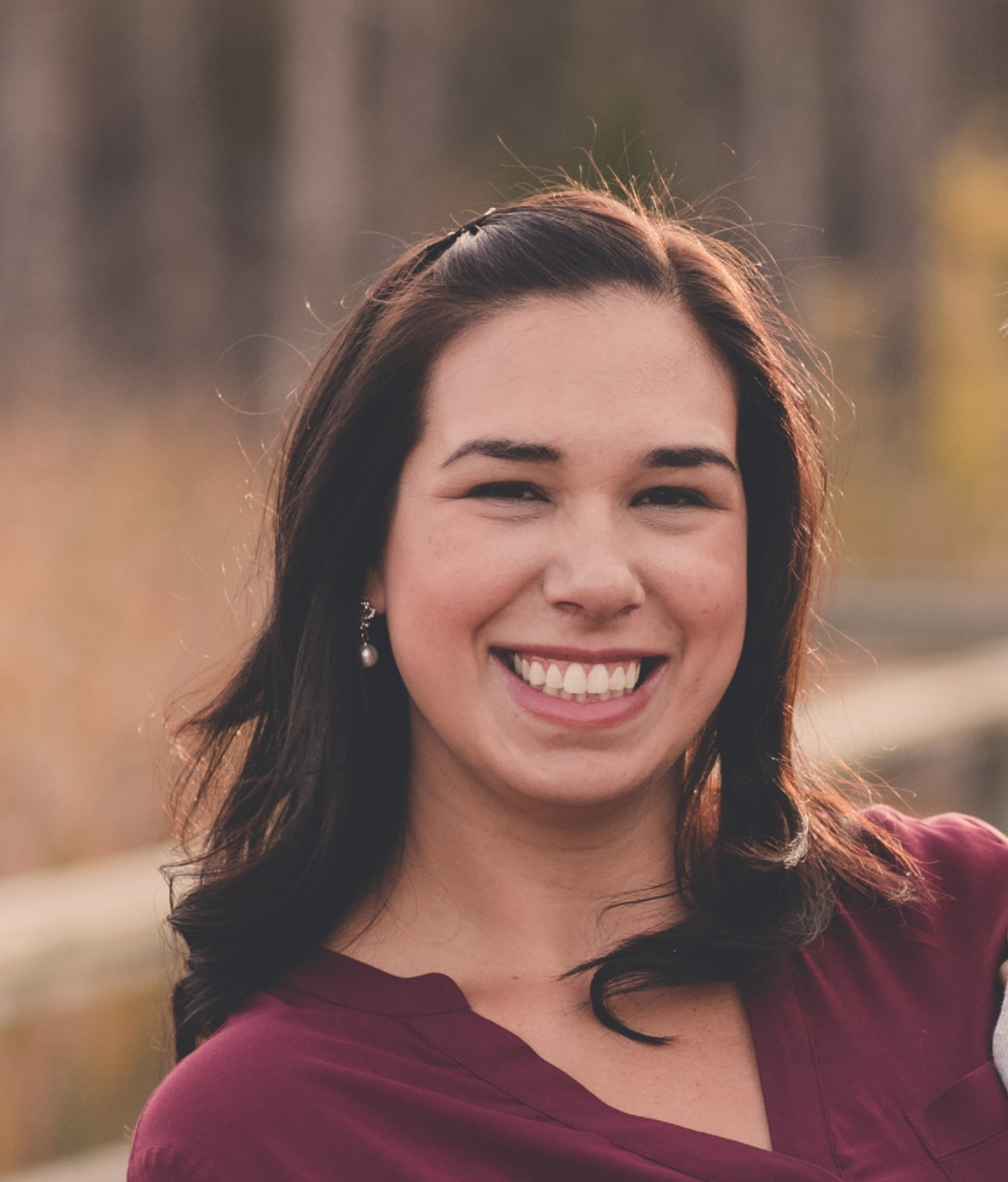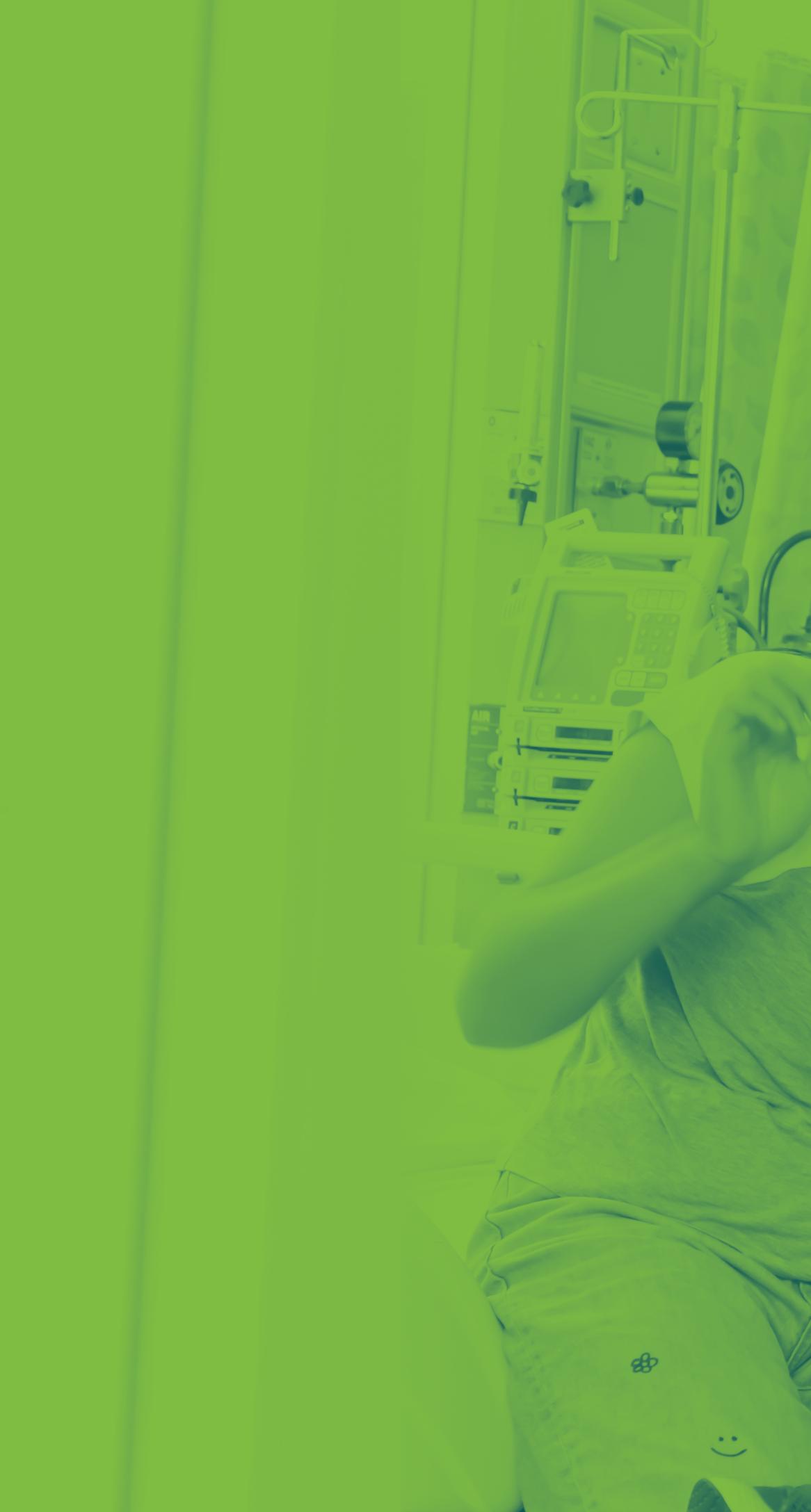
3 minute read
A strengths-based approach for type 2 diabetes in Indigenous men, women and two-spirited individuals
from Lawrence Bloomberg Faculty of Nursing Research Report 2020-2022
by Lawrence Bloomberg Faculty of Nursing, University of Toronto
Heather Burnside, a PhD candidate at the Lawrence Bloomberg Faculty of Nursing and a member of the Saugeen First Nation, is examining gender influences and type 2 diabetes in Indigenous communities as well as the ways in which treatment and self-management of this chronic disease, can be inclusive of Indigenous knowledge and practice.
The focus on gender Burnside says, stems from the fact that not much is known about diabetes self-management in Indigenous communities, and that in nonIndigenous populations, type 2 diabetes is generally more common in men. However, recent evidence has shown that Indigenous women are developing type 2 diabetes at a faster rate than men.
Through the support of the Canadian Institutes of Health Research (CIHR) Transitions to Leadership Fund, Burnside will be working closely in collaboration and partnership with Indigenous communities in the Kitchener-Waterloo area to ensure that her research and the data collected, is meaningful to the community.
“Historically, research on Indigenous communities has included “helicopter research,” where non-Indigenous researchers have gone into communities, taken information and data, without considering the priorities or needs of the population,” says Burnside.
To address this particular concern, Burnside is keenly focused on the knowledge translation component of her research. To present her research findings in a diverse way, Burnside is looking to expand beyond colonial thinking of how research should be shared, such as through traditional journal publications. Instead, Burnside has proposed the concept of a patient journey map, with the hopes of collaborating with an Indigenous artist, to showcase the data collected from the study visually, mapping the journey of men, women and two-spirited individuals, as they self-manage their diabetes.
I’m always thinking about how to present information in the best and most useable way, how to disseminate the results of my work for people outside the academic community,” says Burnside. “I want not only to make this research accessible but to show Indigenous communities that they have the strength and the knowledge to manage their diabetes.
“The strength of Heather’s research is that she is uniquely aware of the impact of a patient-oriented approach,” says Monica Parry, an Associate Professor at the Lawrence Bloomberg Faculty of Nursing and Burnside’s PhD supervisor.
“Her focus on bringing patient partnerships and collaborative community engagement to the forefront of her research will have a considerable impact on the knowledge generated and disseminated with Indigenous individuals living with diabetes.”
Burnside points out that there are many contextual factors surrounding the development of diabetes in the population she studies. Having worked as a rural nurse in an Indigenous community, she recalls having a heightened awareness around the impact of diabetes, where the disease can affect an entire family and not just the individual, from the family’s dietary patterns to their ability to access fresh food and appropriate and timely health care, particularly for those who must travel to larger urban centres.
“As Indigenous people, our kinship ties are strong, and we look at things from a broader community focus as opposed to a individualistic focus,” says Burnside, “I see this research as an opportunity to highlight the strengths of Indigenous communities and their knowledge, traditional healing and practice.”










